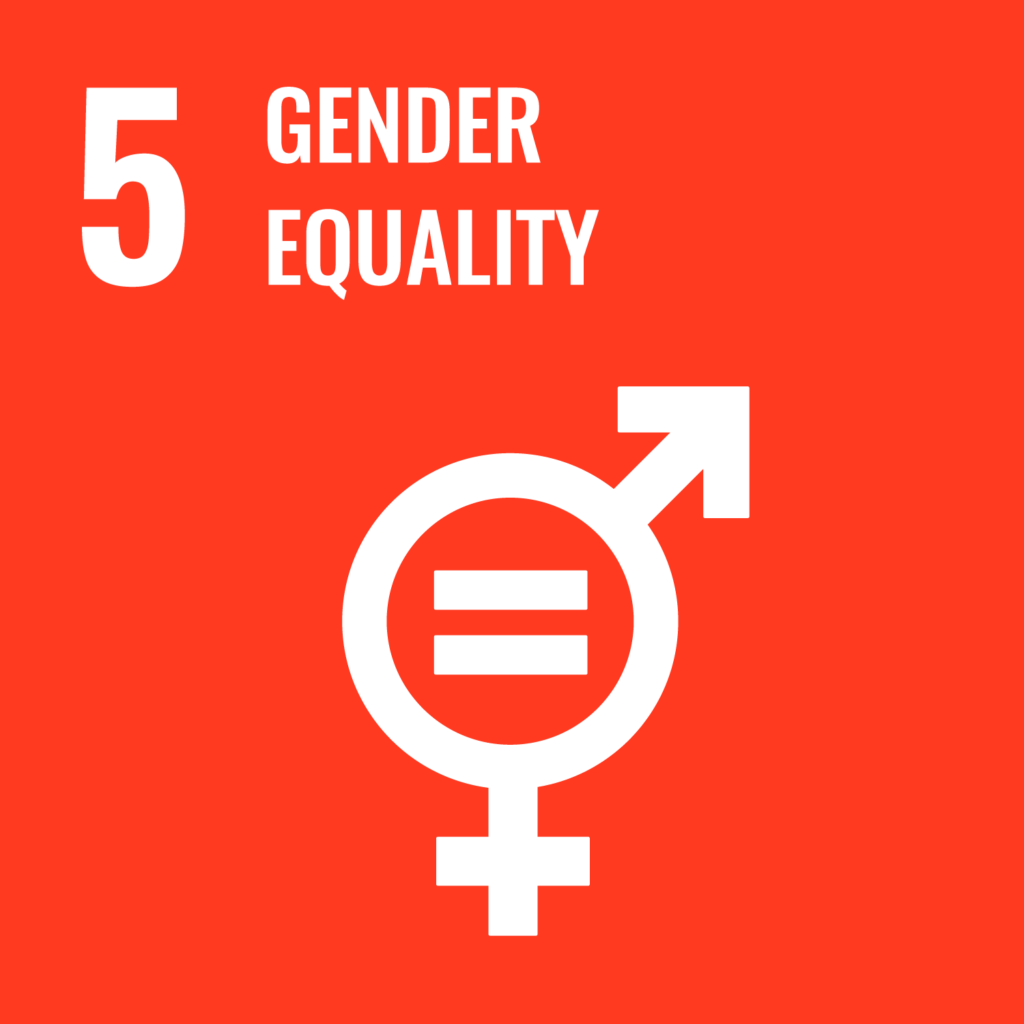GARDENS HAVE THE POWER TO NOURISH OUR BODIES, CREATE MORE EQUALITY, GROW MORE RESILIENT COMMUNITIES AND COOL OUR WARMING PLANET
We live in a time of unprecedented global challenges which seem so daunting, complex and interconnected that it is easy to feel helpless and lose hope. Some of the defining issues of this generation are improving mental and physical health, alleviating food and financial insecurity, creating more resilient communities and combatting the climate crisis. While all of these issues require large-scale communication and mobilization, we don’t have to wait for our political leaders to act to begin making progress in these areas. Growing some of our own food either in our backyard or in our community is a simple yet effective way of taking power over our health and well-being while at the same time working for the greater good.
In 2015, the United Nations General Assembly established 17 Sustainable Development Goals designed to serve as a “shared blueprint for peace and prosperity for people and the planet, now and into the future”.

Planting MORE Food gardens, BOTH AT HOMES AND IN PUBLIC PLACES, CAN HELP US MAKE PROGRESS TOWARDS many of these goals:

By growing gardens, people can increase their access to healthy foods while reducing their food budget.

Gardens can alleviate stress, increase mental well-being and encourage healthy eating habits.

School gardens are powerful educational tools that can be used to teach students myriad subjects.

Gardens promote gender equity and women’s empowerment, especially in the global south.

Growing community gardens leads to growing more sustainable and better-connected communities.

Food gardens help decrease Greenhouse Gas emissions and encourage people to act in sustainable ways.


